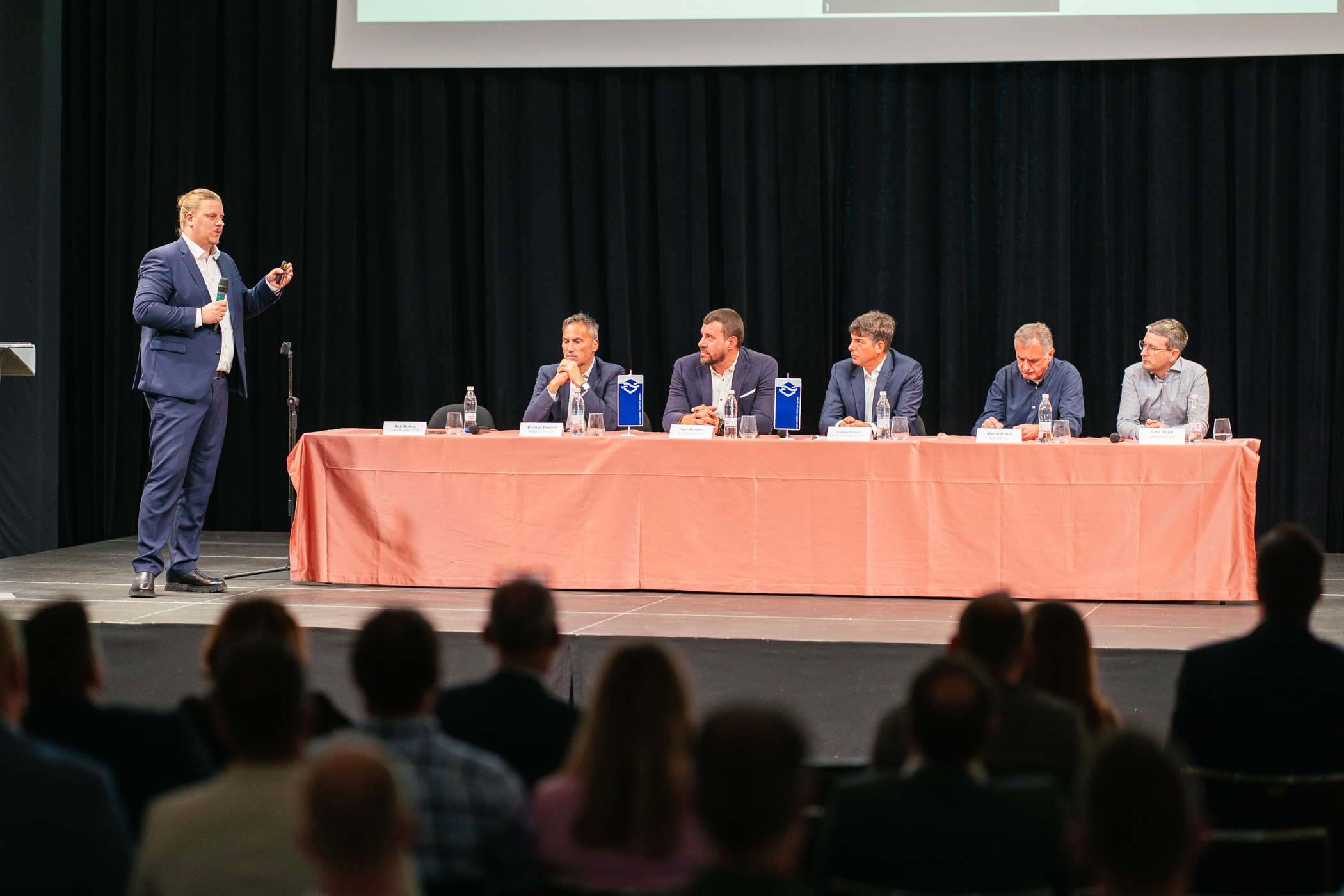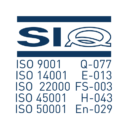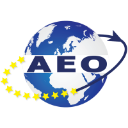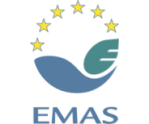March marked the end of the two-year LUKA.DT project, in which six consortium partners – Luka Koper, Actual IT, Emigma, Špica International, Igea and Solvesall developed advanced digital solutions and support systems to upgrade and improve some of the key processes within the port. Special attention was also paid to training and strengthening the digital competences of our employees, as well as to cybersecurity. The EUR 4.8 million project was co-funded with EUR 2.1 million of European funding from the Recovery and Resilience Facility (RRF).
“Digitisation, as we understand it at the Port of Koper, does not only mean the implementation of advanced technologies, but also the transformation of business models in a way that makes our operations more efficient and faster, more transparent, more reliable and, above all, more secure. This is the only way we will be able to withstand the demands of modern times and the logistics market, and maintain our competitive edge over other ports in the area,” said Nevenka Kržan, President of the Management Board of the Port of Koper, at the presentation of the project in the St. Francis of Assisi Hall in Koper.
“The advanced technologies we have implemented in the project include big data, artificial intelligence (AI) and real-time load/equipment locating systems (RTLS), which will improve the traceability, accuracy and efficiency of our operations in the future,” explained Edvard Matković, Head of Business Process Management and Development. In practice, this means easier and better work planning, faster handling times and increased productivity.
The digitisation of processes also has many other positive effects. By reducing the number of unproductive freight movements, fuel consumption and emissions to the environment are also reduced, thus meeting the energy efficiency objective. The introduction of paperless operations in certain activities has also reduced the consumption of raw materials, and we will continue to see operational savings through process optimisation and better use of space and time.
The project was divided into three phases. The first was the development of a digital strategy which analysed the actual situation, identified gaps, trends and best practices, and based on this identified key processes and activities. The second phase involved developing solutions for individual business functions, while testing and possible upgrades were carried out in parallel. In the third phase, which ran concurrently with the development phase, we planned the process of implementing the solutions into processes and started a series of training sessions to strengthen general digital competences and learn about the new tools and how they work.
We looked for advanced solutions in five thematic clusters
The solutions were divided into five thematic clusters. The first cluster consisted of the introduction of artificial intelligence into decision-making and planning processes. This included the development of an intelligent workforce planning system that allows for greater flexibility, accuracy and optimisation in workforce planning and deployment, and a predictive modelling algorithm for determining the type of transport for import cargo at the Container Terminal, which will significantly reduce unnecessary cargo movements and improve process efficiency by half.
In the second cluster, we created a data warehouse based on big data, which is the basis for the use, processing and analysis of the information obtained, and further developed a simulation model of the unloading of vehicles at the Car Terminal, which will improve the flow and productivity of each step in the process based on the recording of movements, storage locations and time records of activities.
In the third cluster, we created a 3D model of the port to upgrade the video surveillance system and improve security protocols, and developed a virtual reality simulator to train people to work on cranes and other port machinery in a safe environment.
In the fourth cluster, we designed a web platform and mobile application for advanced WMS warehouse management and developed a solution for automatic identification of forklift truck positions, while the fifth cluster envisaged the digitisation of the service value chain, in which we developed a mobile application for the VBS trucks arrival announcement system and an integration platform for the control and optimisation of train transport – Luka Rail.




